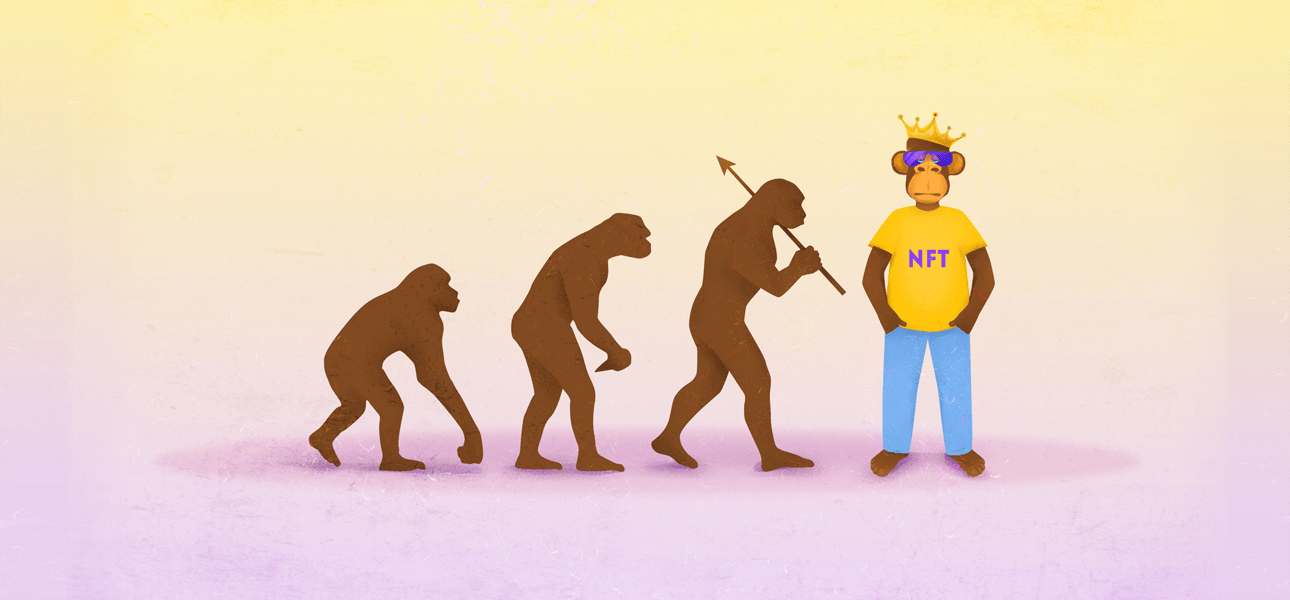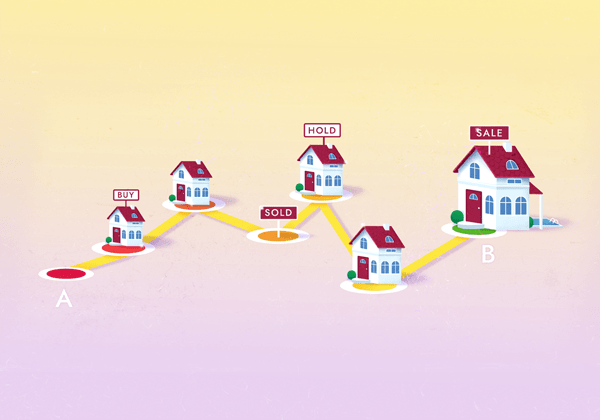
What are Dynamic NFTs, and Where Can They Be Used?
NFTs are one-of-a-kind, non-interchangeable items in the blockchain. While static NFTs are issued by smart contracts and remain unchangeable, they can become obsolete if their associated information changes. To address this issue, dynamic NFTs were developed.
Today, we'll take a closer look at this concept, answering the following key questions: what is a dynamic NFT and where can it be used?
What is a Dynamic NFT?
Let's start with the basics and figure out what a dynamic NFT is.
Dynamic NFTs are such a type of non-fungible tokens that can change in special circumstances. Each NFT contains metadata – information that provides a token's characteristics. This metadata can contain information such as names, descriptions, and even specific functions related to the NFT. For example, NFT metadata for video games can include information about characters' armor or strength, while NFT metadata for art pieces can describe the colors or other details of the artwork.
An example of dynamic NFTs in action is the popular Ethereum-based game CryptoKitties, which allows players to collect, breed, and trade virtual cats. In CryptoKitties, the metadata associated with each dynamic NFT can be modified and reflected graphically within the token, giving players the ability to customize and personalize their NFTs.
Dynamic NFT metadata, as opposed to static NFT metadata, can be changed and displayed in the visual representation of the token. This functionality is included into the token code itself: static NFTs are typically developed using the ERC-721 token standard, whilst dynamic NFTs are usually created using the ERC-1155 standard.
According to Ethereum, the interchangeable ERC-20 token and the non-interchangeable ERC-721 token are analogous in regard to their characteristics to tokens of this standard. So, in theory, ERC-1155 tokens are partially replaceable.
How Do the Dynamic NFTs Change
DNFTs operate in the following way:
- The smart contract generates dynamic NFTs using a set of metadata.
- Oracles provide the data used by the smart contract. These are third-party services that supply information from outside data sources, like the Internet of Things (IoT) and Application Programming Interface (API).
- Based on the information gathered from oracles, the smart contract evaluates the NFT and modifies the token code.
- This process allows the characteristics of the dynamic NFT to be altered as necessary.
Where Can Dynamic NFTs Be Used?
Identification
Dynamic NFTs have a wide range of applications, including serving as digital identification cards or passports, particularly if the blockchain-based identity concept is implemented. With these tokens' flexibility, there is no need to create new digital ID cards as the data can be automatically updated. Dynamic NFT metadata can include details such as residence, marital status, contact information, and other relevant data.
Gaming
The majority of dynamic NFTs are found in blockchain games because the ERC-1155 token standard is mostly used to generate gaming NFTs. Character leveling and advancing to new levels are both possible with dynamic NFTs, which enhance the gameplay. The character's statistics and look will vary as the user progresses in the game, and the associated NFT will reflect these modifications.
Since it ensures player engagement and retention, the idea of progress in games is crucial. Dynamic NFTs also make this possible. These tokens can make it easier to create cooperative games or non-linear narratives in games where external data is needed.
Virtual Real Estate
Real estate tokenization is no longer a novel idea, but static NFTs cannot account for dynamic elements like the value of real estate, the age of building, and actual ownership. Conversely, dynamic NFTs can reflect a variety of real estate data and have the adaptability required to update precise details.
Art
Digital artists can use dynamic NFTs to update the coding of their creations in real-time, making them more dynamic and distinctive. For example, dynamic NFTs can be considered pieces of art that change based on the weather or season, inspired by the traditional Japanese painting style known as wabi-sabi, which values transience and diversity.
NFT art can be considered high art if it replicates real art installations and shows where beauty enthusiasts congregate. In this scenario, dynamic NFTs can change based on how the token owner interacts, attracting people to digital art displays.
Conclusion
Since dynamic NFTs may instantly update to reflect changing data coming from the outside, they're a more sophisticated equivalent of static unchangeable tokens. Other than the activities listed in the article, there are a number of possibilities for employing dynamic NFTs that can satisfy any user's requirement to change and convert NFTs.
► Sabai Academy — a place where studying blockchain, crypto, fractional ownership, and real estate investments becomes a catalyst for capital growth!
Sabai Academy
Join our FREE courses and get REWARDS IN CRYPTO!
Related Articles

In-depth Guide on How to Boost Staking

Real Estate Investment Strategies

